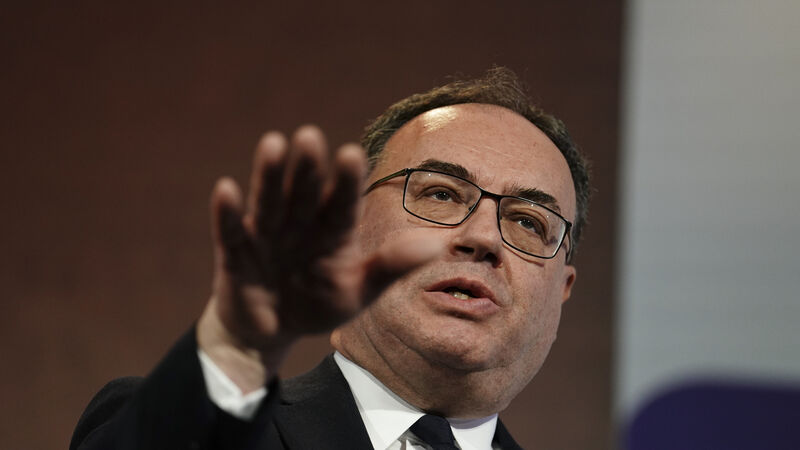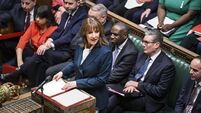John Fahey: Bank of England re-accelerates the pace of tightening

Andrew Bailey, governor of the Bank of England: 'Inflation is still too high and we’ve got to deal with it.'
Inflation remains a key aspect of the discourse on the global economic outlook and the trajectory of interest rates.
Indeed, with inflation still well above target, while labour market conditions remain tight, price dynamics continue to be front and centre of central banks' monetary policy deliberations.
This was very much in evidence last week at the June meeting of the Bank of England’s Monetary Policy Committee (MPC). The BoE raised rates by 50bps in response to signs inflation was proving stickier than had been expected in the UK.
This represented a re-acceleration in the pace of tightening, as it followed 25bps hikes at its March and May meetings, and sees the bank rate rise to 5%. It was also the 13th consecutive meeting since December 2021 where the BoE increased rates. The MPC has now raised rates by 490bps so far in this cycle.
Speculation had intensified in the lead-up to the meeting that the BoE would hike by 50bps, rather than by 25bps as previously anticipated. This was in the aftermath of higher-than-expected inflation numbers for May.
Headline inflation printed at an unchanged 8.7%, while core inflation came in at 7.1% versus consensus forecasts for 8.4% and 6.8%, respectively.
In justifying their decision, the MPC noted second-round impacts in domestic prices and wages arising from external shocks were likely to take longer to unwind than they had done to emerge.
They also referenced the “significant upside news” in recent macro data which indicates more persistence in inflation against the backdrop of a “tight labour market and continued resilience in demand”.
Indeed, in a subsequent TV interview, BoE governor Andrew Bailey said “inflation is still too high and we’ve got to deal with it”, otherwise, “if we don’t raise rates now, it could be worse later”.
The bank’s meeting statement or minutes did not provide any specific guidance on the future path of UK interest rates. However, it indicated a willingness to hike rates further if required.
It said it would continue to monitor closely signs of persistent inflation pressures in the economy as a whole. If this analysis shows evidence of more persistent inflationary pressures, then the MPC has guided a further tightening in monetary policy would be necessary.
There has been a notable firming in market rate expectations for the UK over the last number of weeks. This has been in response to inflation printing higher than expected and labour market data showing stronger than anticipated wage growth.
Futures contracts indicate the market expects the bank rate to peak at 6%-6.25% by year-end.
In contrast, at the time of its previous meeting in early May, the market was envisaging the bank rate would peak in a 4.75%-5% range by the autumn. Some 50-75bps of easing is anticipated by the end of 2024, with rates falling back to near 5.50%.
Interestingly, the BoE did not attempt to alter the market’s expectation that significant further rate tightening is on the cards. Of course, the extent of additional rate hikes from the BoE will depend on the evolution of inflation.
- John Fahey is a senior economist with AIB













